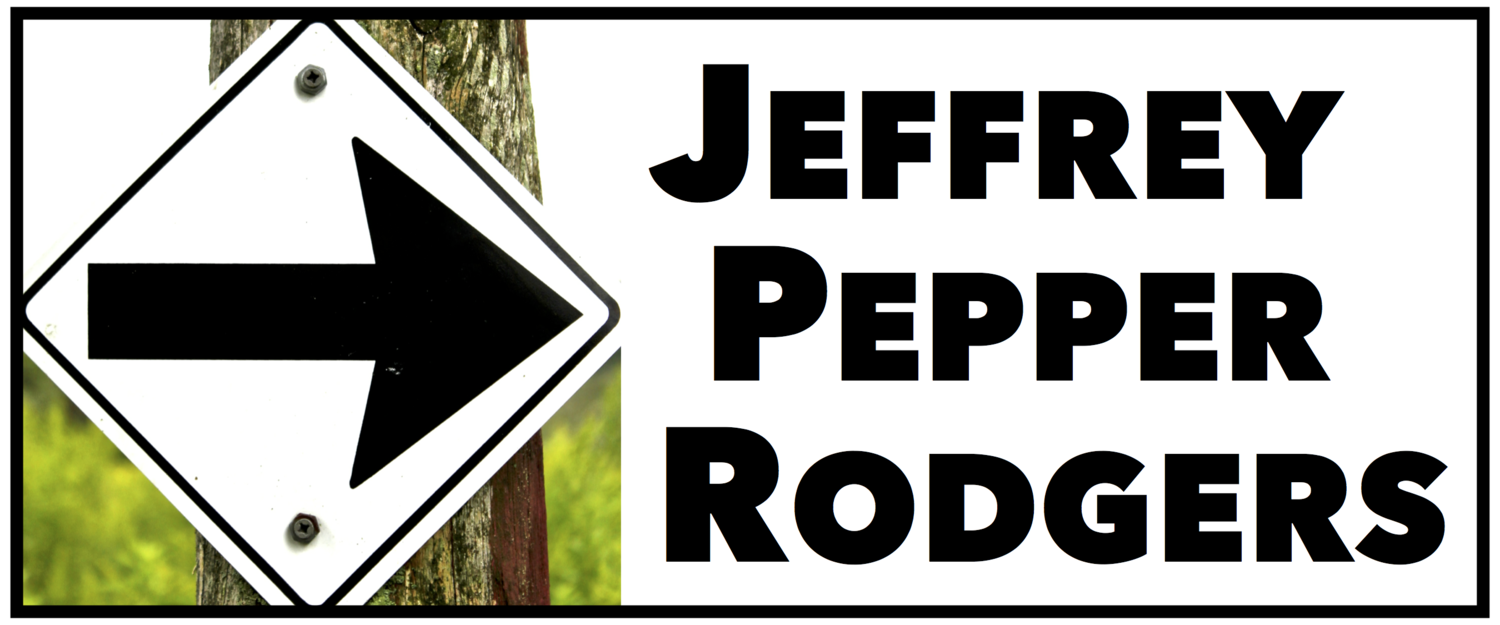Build speed by using smart fingerings
If you watch the hands of guitarists who play with enviable speed and fluidity, you may notice how little effort they seem to exert.
Their finger movements are relaxed and minimal, considering the amount of music they are generating. What they’re playing is surely not easy, but it looks that way. So how does a guitarist achieve that state of grace?
Part of the answer is, naturally, hard work. To develop speed, you need to practice new maneuvers over and over until they become second nature. Equally important, though, is being efficient with your technique—learning to achieve the sounds you want with the least amount of movement and effort.
The faster you play, the more important efficiency becomes—a small stumble in a chord change will become a big bump at higher speed. But even at slow, manageable tempos, efficiency pays off. It helps you play more musically, because if you reduce setup and transition time, the notes can connect and ring more.
This lesson focuses on efficiency in the fretting hand when you’re playing chord sequences. Finding smart ways to finger chords and transition between them makes a huge difference in the sound of accompaniment. These exercises use progressions—drawn from fiddle tunes, bluegrass, and rock—that make speedy changes primarily with open chords. This is a bit of a rhythm workout, but the ultimate goal is to work less.
Watch the video above, and find the full text and notation on the Acoustic Guitar website.
See also this video lesson on how to speed up chord changes.
Learn more about accompaniment in the multimedia guide Beyond Strumming.

